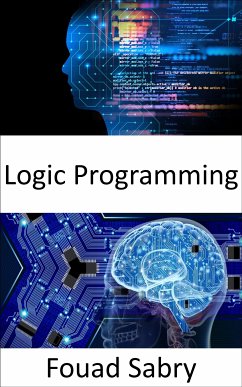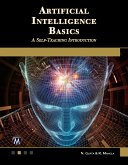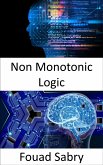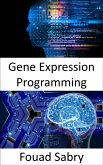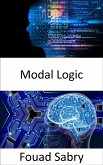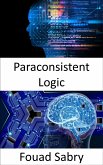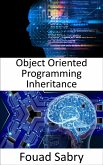What Is Logic Programming
A paradigm for computer programming known as logic programming is one that relies heavily on formal logic. Any program that is developed in a logic programming language is merely a collection of statements that are formatted in a logical manner and represent facts and rules regarding a particular issue domain. The answer set programming (ASP) and the Datalog programming languages belong to the major families of logic programming languages. Clauses are the fundamental unit of expression for writing rules in each of these languages:
H :- B1, ..., Bn.
How You Will Benefit
(I) Insights, and validations about the following topics:
Chapter 1: Logic programming
Chapter 2: Prolog
Chapter 3: Declarative programming
Chapter 4: Horn clause
Chapter 5: Datalog
Chapter 6: Definite clause grammar
Chapter 7: Constraint logic programming
Chapter 8: SLD resolution
Chapter 9: Abductive logic programming
Chapter 10: Syntax and semantics of logic programming
(II) Answering the public top questions about logic programming.
(III) Real world examples for the usage of logic programming in many fields.
Who This Book Is For
Professionals, undergraduate and graduate students, enthusiasts, hobbyists, and those who want to go beyond basic knowledge or information for any kind of logic programming.
A paradigm for computer programming known as logic programming is one that relies heavily on formal logic. Any program that is developed in a logic programming language is merely a collection of statements that are formatted in a logical manner and represent facts and rules regarding a particular issue domain. The answer set programming (ASP) and the Datalog programming languages belong to the major families of logic programming languages. Clauses are the fundamental unit of expression for writing rules in each of these languages:
H :- B1, ..., Bn.
How You Will Benefit
(I) Insights, and validations about the following topics:
Chapter 1: Logic programming
Chapter 2: Prolog
Chapter 3: Declarative programming
Chapter 4: Horn clause
Chapter 5: Datalog
Chapter 6: Definite clause grammar
Chapter 7: Constraint logic programming
Chapter 8: SLD resolution
Chapter 9: Abductive logic programming
Chapter 10: Syntax and semantics of logic programming
(II) Answering the public top questions about logic programming.
(III) Real world examples for the usage of logic programming in many fields.
Who This Book Is For
Professionals, undergraduate and graduate students, enthusiasts, hobbyists, and those who want to go beyond basic knowledge or information for any kind of logic programming.
Dieser Download kann aus rechtlichen Gründen nur mit Rechnungsadresse in A, B, BG, CY, CZ, D, DK, EW, E, FIN, F, GR, H, IRL, I, LT, L, LR, M, NL, PL, P, R, S, SLO, SK ausgeliefert werden.

